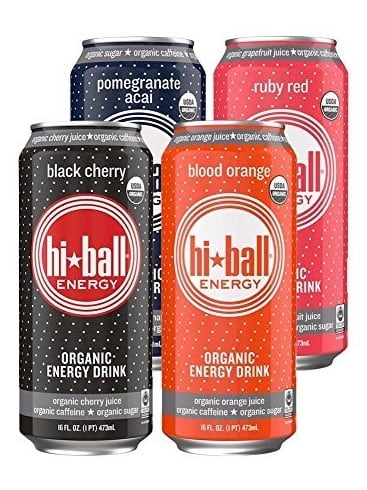Writing in the Wells Fargo equity research newsletter, Wells Fargo Securities senior analyst Bonnie Herzog stated: “Sentiment [from the convenience channel] around [The Coca-Cola Company]’s new reformulated Coke Zero Sugar is very positive with several retailers excited about the product’s new “slim cans with appealing graphics” to be rolled out soon.
"As such, our prediction is that Coke Zero Sugar could bring [The Coca-Cola Company]’s diet CSD portfolio back to growth in the next 1-2 yrs.”
The company relaunched its Coke Zero product earlier this summer after internal research showed that consumers didn’t realize that zero meant sugar or calorie. “We’re adding the iconic red Coca-Cola disc to the Coke Zero Sugar black package design to make it look more like Coca-Cola. We’re also featuring “zero sugar” text to emphasize this Coca-Cola choice does not contain sugar.
"These changes support our “One Brand” strategy to bring the Coca-Cola portfolio of beverages together as a single trademark brand and show fans we have a Coca-Cola for everyone,” stated the company on its website.
Water
While sales of overall carbonated soft drinks have been declining year-on-year (CAGR of -1.6%) in the convenience channel, it remains an $80 billion category, Herzog told attendees at CSP Magazine’s Cold Vault Forum in Chicago last month. On the other hand, sales of bottled water have continued to grow with a CAGR of 9%, and are now worth $23.3 billion.
“Bottled water continues to be a focus for retailers especially given the category’s very attractive gross margins (nearly 60% vs total packaged bev margins of 41.5% & CSD margins of 32.8%),” wrote Herzog. “Another opportunity for retailers is to allocate space outside the vault for ambient water.”
She also noted that many convenience retailers have reported that Coke’s smartwater brand, “continues to “feel the pain” from PepsiCo’s LIFEWTR”.
Energy
Despite a growth rate of about 20% since 2003, recent trends are suggesting that energy sales in C-stores are slowing, with limited innovation in 2017 cited as a major reason. That may change in 2018 with new Monster products and new Red Bull flavor extensions hitting store shelves.

Another brand to keep an eye on is Hiball, which was recently acquired by Anheuser-Busch InBev, which may now become a strong contender in the category behind Monster and Red Bull. San Francisco-based Hiball was founded in 2005 when it launched Hiball Energy, its line of energy drinks aimed at health conscious consumers made with fair-trade and organic ingredients. Hiball's energy drinks and sparkling energy waters are made with a blend of caffeine, guarana, and ginseng.
Herzog also commented that Monster’s Java production issues, which reportedly resulted in a $50 million loss in revenue since September 2016, appear close to being resolved.
“According to many of our retailer contacts, it finally sounds like the production issues have been corrected and the pipeline is projected to be fully loaded by October. One retailer noted, ‘everything is back to normal and innovation is finally to come out on Java in October’,” she wrote.
“Although getting back full shelf space for Java may take some time, we expect this to be incremental to [Monster]’s Q4 sales and as such, we are modeling 1-2pts of incremental sales growth from Java in Q4."
Innovation and alternative beverages
“Most retailers commented on their frustrations with weak traffic and the resulting deceleration of the overall beverage category growth,” wrote Herzog in the Wells Fargo equity research newsletter.
“While no perfect explanation for the softness was identified, several noted the poor weather during the summer as a key reason whereas several others indicated a lack of innovation in the category could be to blame. Overall, retailers are desperate for innovation to improve traffic with one retailer stressing, “manufacturers need to bring real innovation, not imitation!””
That innovation may be coming from alternative beverages like cold brew coffee, kombucha, and cold press juice, which are seeing rapid growth.
“Many retailers noted they anticipate allocating more space to these alternatives beverages in the future,” wrote Herzog.
